
Features
Health and wellness
Hot topics
Fit for Duty: January 2012
Each of us has an obligation – to ourselves, our crews and our families – to take a serious look at the roles we take on in our departments.
January 6, 2012
By Sherry Dean
Each of us has an obligation – to ourselves, our crews and our families – to take a serious look at the roles we take on in our departments. “Everyone goes home” is a mantra none of us should take lightly. So, are you really prepared?
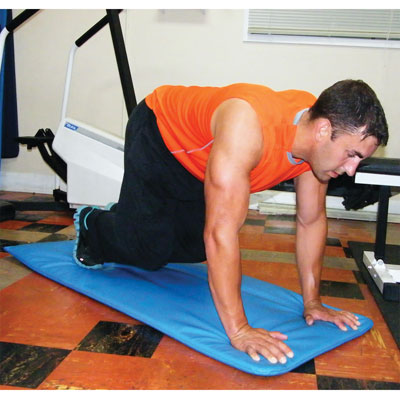
|
|
| Photo 1: Planks are designed to engage your core while suspending your body weight. | |
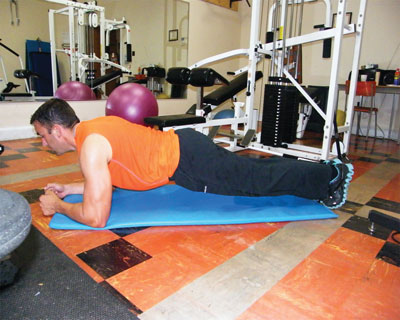 |
|
| Photo 2: Take it up a notch with a full body plank. | |
 |
|
| Photo 3: V-sits are much harder than they look. | |
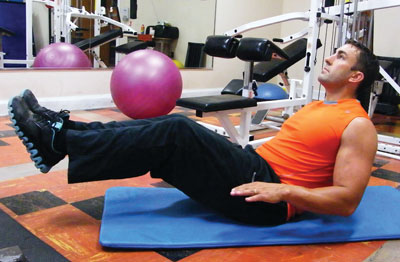 |
|
| Photo 4: Once in position, start to take the weight off your heels. | |
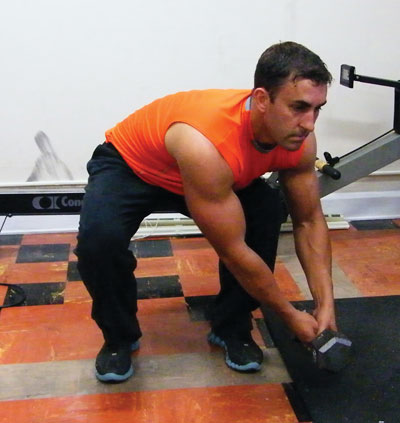 |
|
| Photo 5: This movement, called a loading dock, simulates loading gear from the ground to the bed. | |
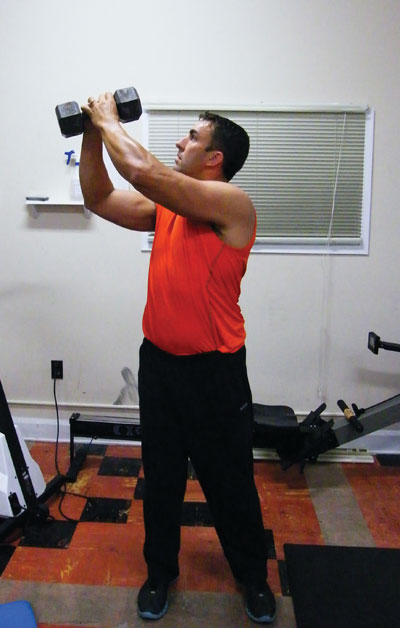 |
|
| Photo 6: Move the weight from the ground on the right side to above your shoulders on the left side. Photos by Sherry Dean |
Whether you lug gear, run training, or participate in fire suppression, are you in sufficiently strong physical condition to do your job without putting yourself or your crew at risk? If you spend 10 minutes, 30 minutes or several hours in active mode on the fire ground, have you prepared for your role? You should engage in a fitness routine to mirror those tasks you may have to perform at emergency scenes. Going for a walk is a great activity, but it does not prepare you for forcible entry, humping hose or RIT.
This column is dedicated to helping firefighters stay healthy and prepared for the fire ground. I challenge each of you to make sure you are unquestionably equipped for the jobs you are required to do when your pager or toner sounds.
At the centre of it all
Yep, your ever-lovin’ midsection. Core fitness is definitely the centre for success. Kinesiology studies prove no matter what movement you make, the first group of muscles to fire is in your core.
Most conventional weightlifting programs incorporate dumbbell or barbell lifts on benches or in machines. While there is no doubt those exercises benefit strength and muscle growth, they are hardly similar to firefighting activities. On the job, we are most often off-balance, reaching and bending in ways that would make trainers cringe. We need to train the way we work; therefore, exercises that take us off balance and add twists and turns will benefit us far more.
With back problems as the No. 1 injury for firefighters, your core fitness is a big priority. A strong back and abdomen will help improve your overall ability on the fire ground. However, it’s important not to overdo it. I often hear people say they do 500 sit-ups a day. Would you do 500 bicep curls or bench presses? Although it’s not wrong to treat muscle groups differently, there are fundamentals we need to consider. Muscles need to be worked and they need to recover. Don’t overwork your abs, and allow them time to repair.
Consultation
Where you start depends on your fitness level. It is important to consult with a physician about recommendations for strenuous work, but if your doctor tells you not to engage in the types of exercises you need to help you prepare for fire fighting, you need to take a strong look at your risks and consider you fire-department roles.
I have worked with a fabulous doctor who admitted to a poor understanding of the true demands of fire fighting until she married a firefighter. Keep that in mind when you are talking with your physician and make sure she understands the fitness levels required for fire fighting. Unless you have observed or executed fire suppression, you couldn’t know how physically demanding it can be. Few activities take you from zero to 100 in seconds out of a dead sleep.
Getting started – Planks
Planks are designed to engage your core while suspending your body weight. There is no equipment necessary except a mat to keep you comfortable and clean on the floor. You should be targeting a 30-second hold and aiming for one minute. There are unlimited plank positions – half and full-side planks, planks on exercise balls, etc. YouTube is a great resource.
The basic plank:
- You can simply start on all fours in a kneeling position – hands and knees.
- Make sure you have good alignment. Arms at shoulder width; knees and feet at hip width; back straight.
- Engage your core (tighten it – think of how your abs feel when you cough) and lift your knees off the floor (see photo 1, page 16). Hold.
Take it up a notch with a full body plank:
- Elbows down; straight line from head to heel. Keep your glutes (buttocks) in line (see photo 2, page 16). There is a tendency to pike (bend upward) or bow (sink your seat) during the plank.
- Readjust alignment when needed.
- When you have good plank alignment you should feel steady all over. It shouldn’t feel like all your weight is on your elbows or back.
- Once you have mastered a full plank, balance on one foot only.
V-sits
V-sits are much harder than they look. People have a tendency to collapse or round their sits, so keep your upper body as in line as possible. Chest out, shoulders back – like in the army!
- Sit with you heels on the floor, legs spread comfortably apart.
- Engage your core. Keep a straight back and keep neck and head in line with shoulders.
- Slowly start to recline back, without losing posture (see photo 3, page 16).
- Once in position, start to take the weight off your heels. You don’t have to take your feet off the floor, but you don’t have to keep them there either (see photo 4, page 18).
- Work as hard as you can without compromising your form. Maintain the position for 30 seconds (increase with improvement) and repeat five times.
- Add twists or medicine ball twists to increase difficulty.
Loading docks
Most back injuries come from twisting or turning. Keeping a strong middle helps to protect injury. Loading docks will help condition much more than your core; however, core activation keeps everything together. Proper posture is essential. This movement simulates loading gear from the ground to the bed. You can use a small, light hose roll, tool or weight. Be careful with others around you if you are using a long-handled tool.
- Place the weight to the right front side at your feet (see photo 5, page 18). While looking forward, not down with your head, pick up the weight. Looking down will cause you to bend over more than necessary.
- Sit back a little to get a proper squat movement. Try not to lift your heels off the ground.
- Move the weight from the ground on the right side to above your shoulders on the left side (see photo 6). Watch the weight as you move it and turn your body to follow and support the weight. Don’t just move your arms.
- Remember this is a core exercise. Return the weight to its original spot. Complete 10 to 20 reps and repeat on the left side.
Good luck, everyone. Train hard, train real and stay safe!
Sherry Dean is a career firefighter/engineer with Halifax Regional Fire & Emergency Service and a volunteer captain with the Blockhouse & District Fire Department. She is an NFPA level 1 instructor with hazmat technician and special rescue certifications. Sherry has more than 20 years of experience in fitness and training including the Scott FireFit Challenge, competitive body building, team sports and personal training. Contact her at sbdean@eastlink.ca
Print this page